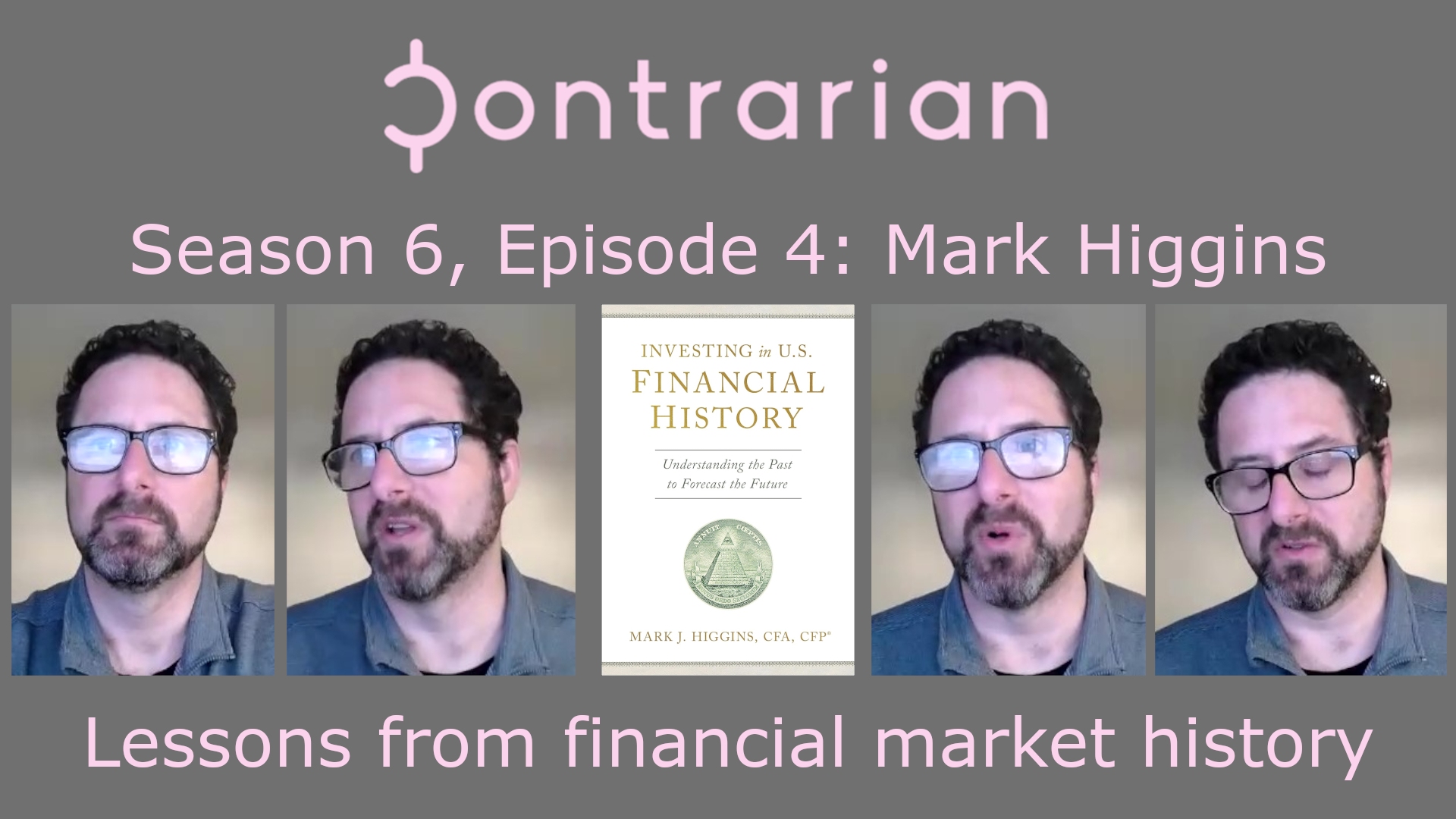With Daniel Peris
Financial market historian Daniel Peris joins the podcast to discuss his latest book, The Ownership Dividend, and why the next stage of the investing cycle will be marked by renewed focus on dividends and cash flows.
Note: The host’s mic was a little ‘stuffy’ for this episode but the guest comes in loud and clear!
Content Highlights
- Cashflows have become ignored in the marketplace with investors accustomed to speculation over income. That is due to change (2:55);
- No, this isn’t about value versus growth. Dividends and more notably buybacks are everywhere (5:22);
- Warren Buffett has long said that companies should reinvest in the business rather than pay out dividends. But Buffett is no longer a minority shareholder… (18:30)
- Background on the guest and unexpected detour into Russia/Ukraine (27:37);
- Views on different sectors of the stock market from a dividend perspective (36:33);
- What does the current era of dividend payouts say about the investing cycle? (42:40).
More on the Guest
- Website: StrategicDividendInvestor.com;
- Twitter: @HistoryInvestor;
- Order the book.


